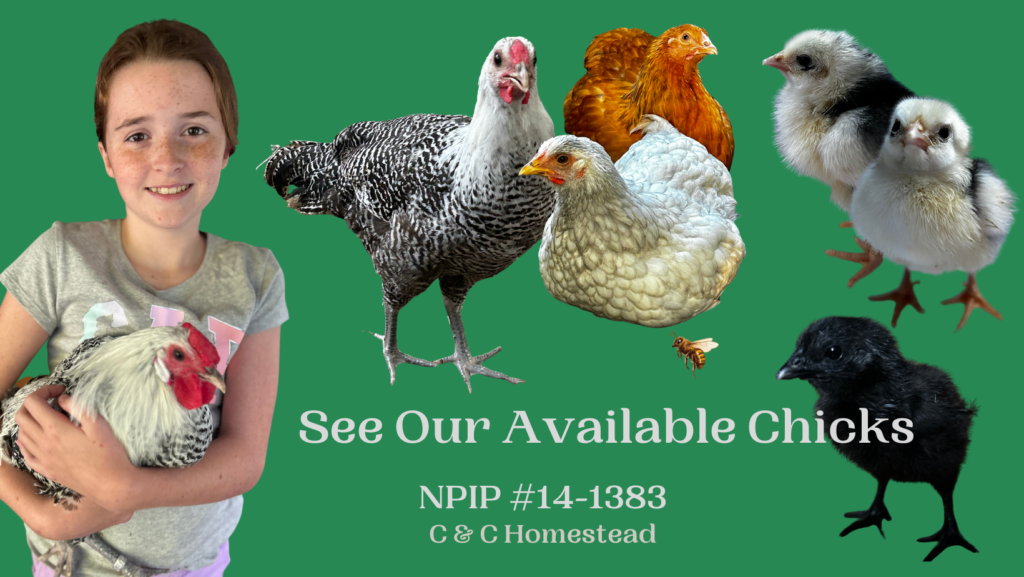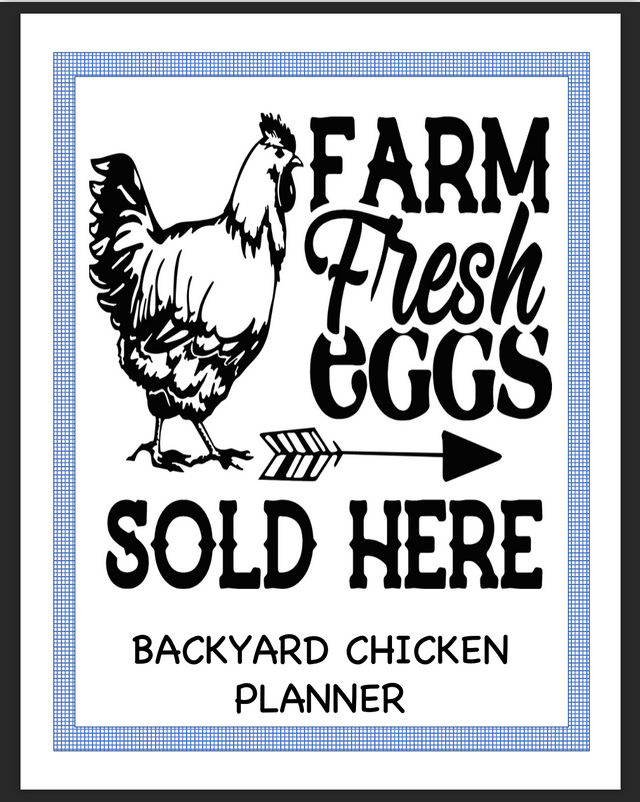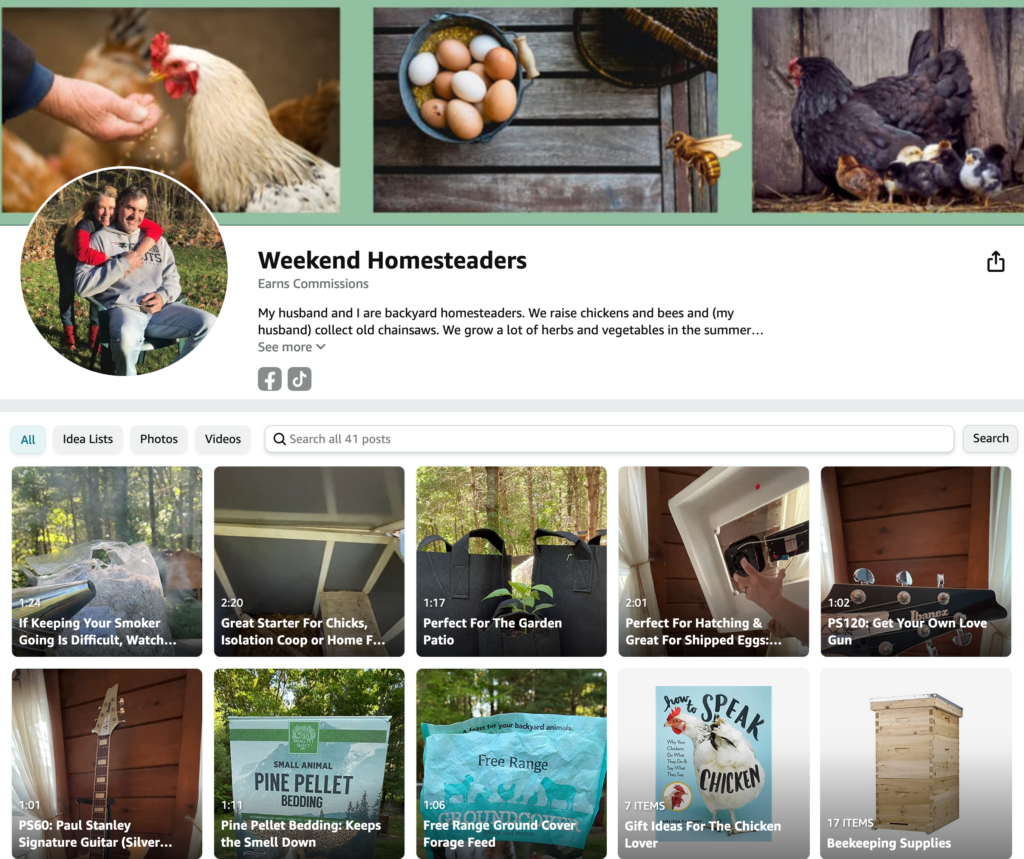Balancing Corporate & Homesteading Lifestyles
Getting Your Chickens Ready For Spring
Posted on March 29, 2025 by Weekend Homesteader
Essential seasonal care tips to refresh, reset, and revitalize your flock as the weather warms up
Spring is one of the most exciting times on the homestead — and your chickens feel it too! As days get longer and temperatures rise, your flock will naturally shift gears: hens may ramp up egg production, roosters might get a little bolder, and your coop will probably need some TLC after winter. Preparing your chickens for spring is all about cleaning, assessing, refreshing, and supporting natural transitions.
🧼 Some of these tasks are part of good weekly flock care, but if they’ve been put off during the winter months (hey, it happens!), spring is the perfect time to catch up. Think of it as a seasonal reset for your coop and your chickens — fresh air, clean spaces, and a healthy start to the laying season. 🌸🐔
Here’s your complete guide to getting your flock spring-ready:
🧼 1. Deep Clean the Coop
After a long winter of deep litter or closed-up spaces, spring is the perfect time to do a full clean-out.
🪣 What to Do:
- Remove all old bedding (especially if using deep litter)
- Scrub roost bars, nesting boxes, and feeder/waterer areas with a mild vinegar or castile soap solution
- Dust corners, walls, and crevices — mites and lice love hiding spots!
- Let the coop air out completely (dry = fewer pests and mold)
💡 Tip:
Once everything’s dry, you can sprinkle a fresh layer of diatomaceous earth, wood ash, or herbal pest repellents like dried mint, thyme, or lavender before adding new bedding.
🪺 2. Refresh Bedding & Nesting Boxes
Give your birds a clean, cozy start to the season with fresh bedding.
- Use pine shavings, hemp, straw, or chopped hay (avoid cedar)
- Check nesting box liners and replace anything moldy, wet, or soiled
- Add dried herbs like calendula or oregano for calming and antimicrobial benefits
🐓 3. Health Check Your Flock
Spring is the time to observe every bird closely and make notes.
Do a quick physical check:
- Are they underweight or molting late?
- Check feet for bumblefoot (swelling or dark scabs)
- Look around the vent for mites or lice
- Are combs and wattles bright, full, and hydrated-looking?
Consider:
- Deworming naturally with pumpkin seeds, garlic, or herbal blends
- Offering probiotics or fermented feed to boost digestion
- Trimming overgrown nails or beaks if needed (use caution!)
🍳 4. Prepare for Egg Season
As daylight increases, so does egg production — especially for hens that slowed down during winter.
- Clean and sanitize all nesting boxes
- Offer free-choice oyster shell or crushed eggshells for extra calcium
- Make sure hens have access to layer feed or all-flock feed with proper supplements
🛑 If you have roosters or mixed flocks, consider feeding all-flock feed + separate calcium to avoid over-supplementing the boys.
💧 5. Check Waterers and Feeders
- Inspect for cracks or mold buildup from winter moisture
- Clean with warm water + vinegar and allow to dry in the sun
- Make sure waterers are refilling properly and not leaking
- Reposition feeders/waterers to reduce mud from spring rains
🪵 6. Inspect Your Coop & Run
Winter weather can wreak havoc on coops and fencing — now’s the time for repairs!
- Check for holes, loose boards, broken latches, or hardware cloth that pulled away
- Reinforce areas vulnerable to spring predators (raccoons, skunks, hawks)
- Look for signs of burrowing animals around the base
- Consider adding a dust bath zone if the ground is soft again — mix sand, wood ash, and herbs
🌱 7. Prep the Chicken Garden or Forage Area
- Start planting chicken-safe herbs and greens like chickweed, parsley, kale, dandelion, oregano, and clover
- Reseed bare patches of grass or cover muddy areas with straw
- Build or refresh a “chicken tractor” or portable grazing frame if you use one
🌼 8. Seasonal Supplements & Enrichment
Spring is a great time to:
- Start a fermented feed routine (boosts gut health)
- Add apple cider vinegar to water 1–2 times per week (1 tsp/quart)
- Offer herbal treat blends with dried mint, calendula, or chamomile
- Rotate enrichment items (logs, hanging veggies, dust bath access)
🐣 Bonus: Thinking About Chicks?
If you’re planning to:
- Hatch eggs: Now’s the time to clean and test your incubator
- Raise chicks: Prep brooder area, order supplies, and plan their transition timeline
- Integrate pullets: Review integration steps to reduce bullying and stress
Spring is a season of renewal, and with a little prep, your flock will feel the shift too — cleaner coop, better nutrition, and enrichment that supports their natural rhythms. 🌸🐓
Category: Chickens, Homesteading Tags: backyard chickens, backyard flocks, chicken care



Latest Posts
Categories
Post Tags
Affiliate Marketing Affirmations Animal Grooming Animal Health Animal Reiki Animal Rescues Animals avian flu backyard chickens backyard flock Beekeeping Bees biosecurity bird flu Business Business Strategies Cats CBD chick care chicken care chicken health Chickens chicken treat chick health Cluck Kent Dogs Dog Training First Aid Gardening Health Herbs For Chickens Homesteading Long Covid Marek's Disease Mindset Pawsome Deals Personal Stories Places quarantine Reiki Rooster Roosters The Pawsitive Cause Project Time Management Trail Cam
Copyright © 2025 · All Rights Reserved · Weekend Homesteader
Theme: Natural Lite by Organic Themes · RSS Feed
